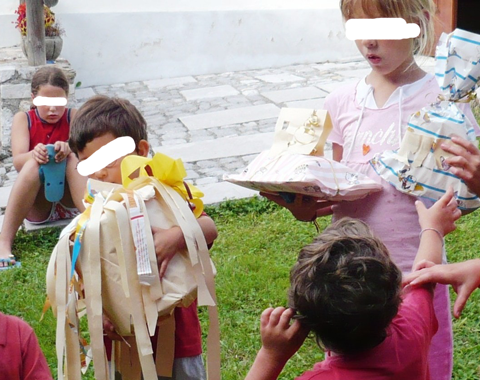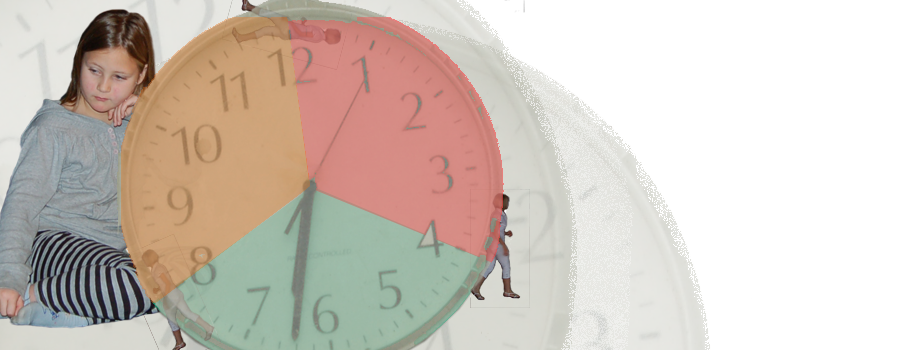Topic Introduction A: The lack of a secure base group when placed outside home
| Why is today’s focus important? Children placed outside home do not only experience separations from parents. They often experience series of separations from new caregivers and replacements. Also, they may experience many conflicts between caretakers, such as legal conflicts about custody or quarrels between parents, or disagreements between institution or foster family and parents. They may live in institutions where they constantly meet new caretakers three times a day, and staff that sometimes work with one group of children, sometimes in another. When children lack a secure long term base of adult caretakers, they will respond by developing inadequate attachment behaviour (as you learned in session 5: avoidant, ambivalent or disorganized attachment behaviour). Later in life they may respond with inadequate social behaviour in general, such as aggressive or short term relations with no sense of bonding or social responsibility. Because of this background for the children, the institution or foster family must offer a social life designed to make children feel connected and valued to others as you do in a well functioning family. |
 |
WHAT IS THE PROFESSIONAL TASK WITH CHILDREN PLACED OUTSIDE HOME
In studies of young people who have grown up in institutions and foster families, they generally describe feelings of low self esteem and rejection, feelings of being homeless vagabonds, and that nobody in the placement talked about what really mattered to them: their longing for belonging somewhere, and the losses of parents or other important attachment figures they had experienced.Orphan children who did well in life as adults all described two dimensions of their childhood caregivers:
An example: The former Prime Minister of Denmark Anker Jorgensen’s parents died when he was 5. He claimed that he owed his successful life and career to two circumstances: that his aunt had replaced his parents, and that the orphanage he lived in had a strong social identity and had made him feel that he was a valued member of the institution. |
 |
 |
With babies and toddlers, many separations during the day or the week are especially dangerous to social development and attachment. Pre-school and older children also need a stable personal relation with one or two caregivers. Having a few strong relations with certain adult caregivers is more important than having many caregivers |

 English
English






